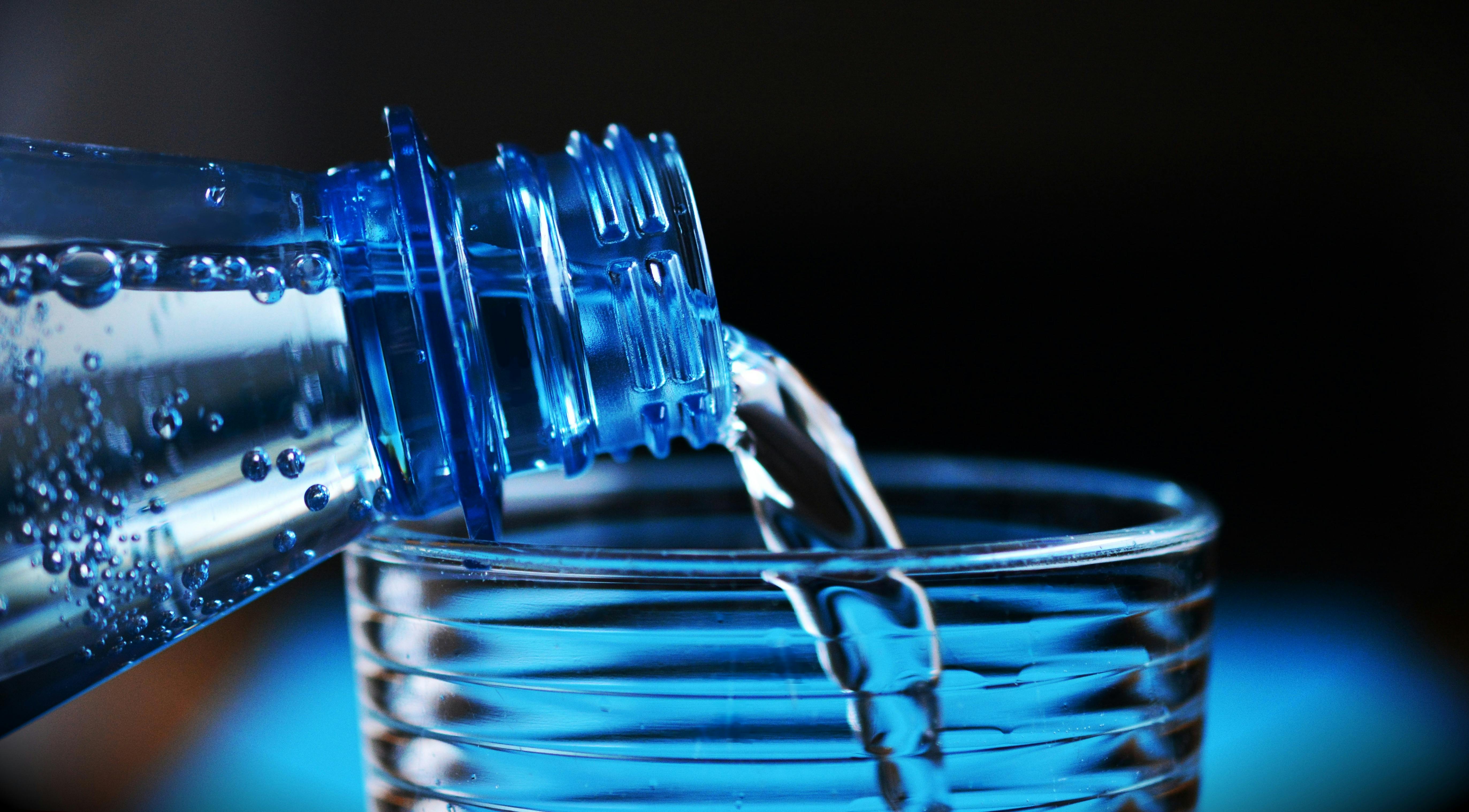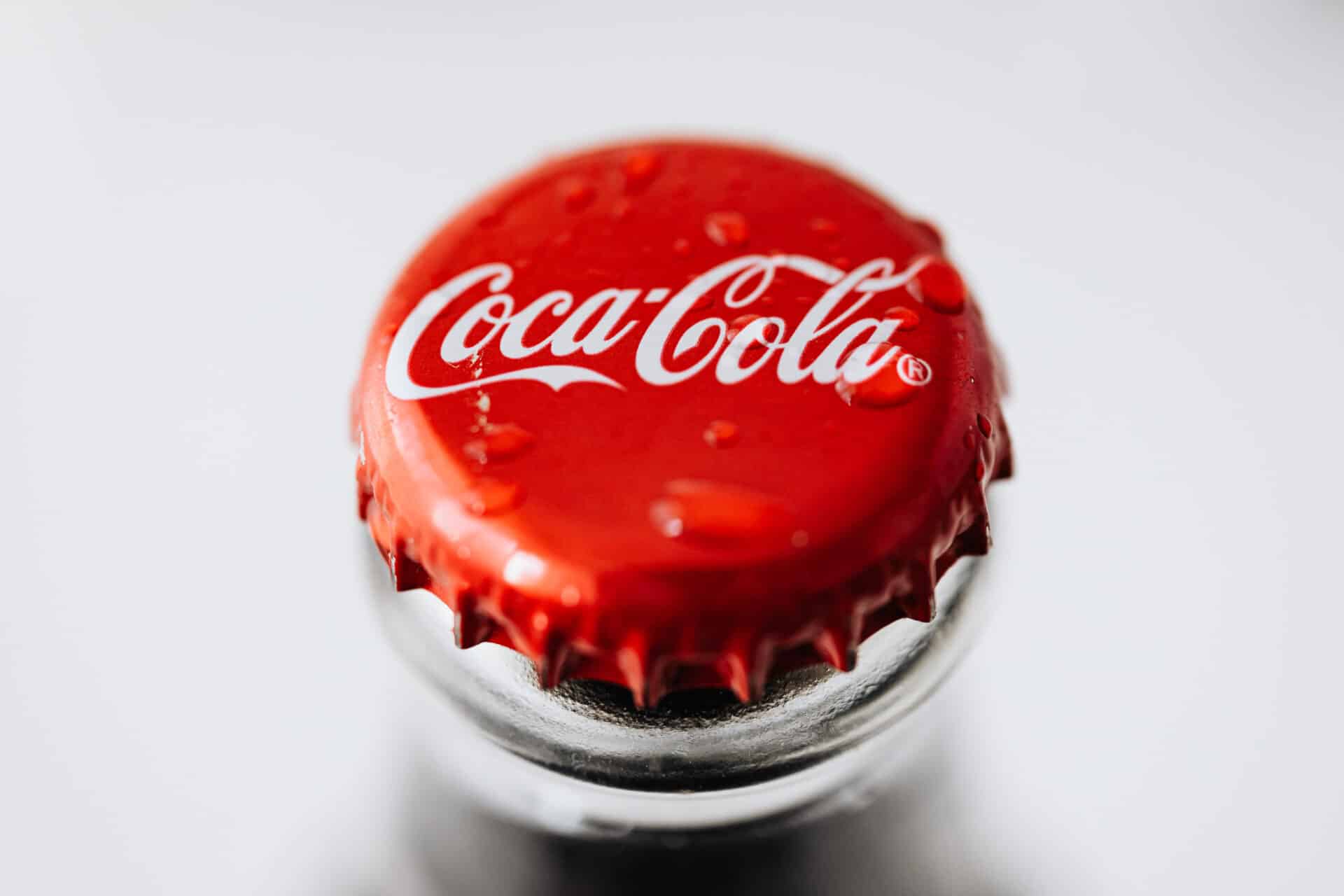The debate on whether bottled water is the same as distilled water has been ongoing for many years. It may come as a surprise to some that these two types of water are not the same, and in fact, have very different characteristics. In this article, we will explore the differences between bottled and distilled water and discuss why it is important to be aware of the distinction between these two types of water.No, bottled water is not the same as distilled water. Bottled water is simply water that has been collected from a source, such as a spring or well, and put into a bottle for sale. Distilled water is created by boiling the water and then condensing the steam back into liquid form. This process removes any minerals or contaminants that may be present in the water.
Differences between Bottled and Distilled Water
Bottled water and distilled water are both popular options for drinking water. However, there are some important differences between them that should be taken into consideration before making a choice on which one to use. One of the main differences between bottled and distilled water is the source of the water. Bottled water is typically sourced from natural sources such as lakes, rivers, or springs, while distilled water is created through a process of boiling and condensation.
Another key difference between bottled and distilled water is the purity level. While bottled water is often filtered to reduce contaminants, it may still contain trace levels of bacteria or other pollutants that can be found in natural sources. On the other hand, distilled water has been boiled and condensed to remove nearly all contaminants, making it one of the purest forms of drinking water available.
The taste of bottled and distilled water can also vary significantly. While bottled water may have a more natural taste due to its source, it may also contain trace amounts of minerals that can give it a slightly metallic or bitter flavor. In contrast, distilled water has been
Advantages of Drinking Bottled Water
Drinking bottled water can be beneficial for a variety of reasons. Bottled water is often more purified than tap water, making it a healthier option for drinking and cooking. Bottled water is also free from many contaminants that can be found in tap water, such as lead, chlorine, and other metals. Additionally, bottled water is convenient and portable, making it easy to take with you wherever you go. Furthermore, bottled water is typically regulated by the FDA or other governmental agencies, ensuring that its quality meets certain standards. Lastly, bottled water can help reduce the amount of plastic waste created by using disposable plastic bottles instead of reusable containers.
Overall, drinking bottled water has many advantages. It is often more purified than tap water and free from many contaminants found in tap water. Additionally, it is convenient and portable and typically regulated by governmental agencies to ensure its quality meets certain standards. Finally, it helps reduce plastic waste by using disposable plastic bottles instead of reusable containers.
Advantages of Drinking Distilled Water
Drinking distilled water has many benefits, as it is free of minerals and other contaminants that can be found in regular tap water. Distilled water is also very pure, which makes it easier for the body to absorb nutrients and eliminate toxins. As a result, many people choose to drink distilled water rather than tap water for its health benefits. Here are some of the advantages of drinking distilled water:
No Contaminants
Distilled water does not contain any contaminants or minerals, making it one of the cleanest forms of drinking water available. This means that it has been purified to remove any bacteria, viruses, and parasites that may be present in regular tap water. Additionally, by removing these contaminants from the water, you can reduce your risk of developing certain diseases or illnesses.
Highly Absorbable
Since distilled water does not contain any minerals or contaminants, it is highly absorbable by the body. This means that any vitamins and minerals you consume through your diet will be more easily absorbed into your bloodstream
Contaminants in Bottled Water
Bottled water is a popular choice for quenching thirst and staying hydrated; however, it is important to consider the potential contaminants that may be present in bottled water. In some cases, bottled water may contain contaminants that are not found in tap water due to differences in the treatment processes. Although these contaminants may not necessarily pose a health risk, it is important to be aware of their potential presence.
One of the most common potential contaminants found in bottled water is chlorine. Chlorine is used as a disinfectant to kill bacteria and other microorganisms that can cause illness. However, when present in high concentrations, it can have an unpleasant taste or odor. Additionally, chlorine has been linked to certain health concerns such as increased risks of asthma and allergies.
Another possible contaminant that can be found in bottled water is lead. Lead can leach into the water from old pipes or from container materials such as plastic bottles or cans. Ingestion of lead can cause a variety of health issues such as neurological damage and reproductive problems. Therefore, it is important to

Distilled Water Contaminants
Distilled water is free of dissolved minerals and gases and is often used as a reagent in medical and scientific processes. Despite its purity, it can still become contaminated by the materials used in its distillation process, as well as bacteria and other microorganisms. Contaminants such as volatile organic compounds (VOCs) are found in the distillation equipment, while bacteria can be introduced through impure water source or poor storage of distilled water. It is important to identify and mitigate any contaminants present in distilled water to ensure quality control for the various applications of this important resource.
In order to keep distilled water clean, it should be stored in a sealed container, such as a glass or stainless steel bottle. Plastic containers should not be used, as they can leach VOCs into the water. The storage area should be kept clean to prevent contamination from dust and other particles that may contain bacteria or other microorganisms. Distilled water should also be changed frequently to prevent the growth of bacteria or other microorganisms.
The equipment used for distilling water should also be regularly inspected and maintained. Any cracks or leaks
Reverse Osmosis
Reverse osmosis is a process in which dissolved inorganic solids (such as salts) are removed from a solution (such as water). It is a membrane technology that separates the molecules and ions, useful components from the undesired ones by forcing water through a semi-permeable membrane. The pressure is applied to the side of the membrane with the concentrated solution, causing pure water to pass to the other side. Reverse osmosis works by using pressure to force a solvent (in this case, water) across a semi-permeable membrane. This process requires pressure greater than the osmotic pressure, which is driven by chemical potential, to overcome the energy barrier. Reverse osmosis can remove many types of molecules and ions from solutions, including bacteria, and is used in both industrial processes and domestic applications. Reverse osmosis is most commonly known for its use in drinking water purification from seawater, removing salt and other substances from saline water sources.
Reverse osmosis has many uses including desalination of seawater and wastewater treatment. It can also be used for producing pot
Health Benefits of Reverse Osmosis Filtration
Reverse osmosis filtration is an effective method for purifying water for drinking and other uses. Reverse osmosis systems remove impurities from water, such as arsenic, lead, nitrates, and chlorine. This process can help to improve the taste and odor of drinking water while removing potential health hazards. Reverse osmosis filtration can also reduce the amount of organic matter in wastewater. By removing these contaminants, reverse osmosis filtration can provide significant health benefits.
One of the main benefits of reverse osmosis filtration is that it removes potentially harmful contaminants from drinking water. Many public water supplies contain trace amounts of contaminants such as lead and nitrates. Since these contaminants can be hazardous to human health in high concentrations, it is important to remove them from drinking water. Reverse osmosis filtration helps to reduce the risk of illness by removing these impurities from drinking water before it is consumed.
Reverse osmosis filtration can also improve the taste and odor of drinking water. The process removes many unpleasant tastes and od

Conclusion
Bottled water is not the same as distilled. While both are forms of purified water, distilled water has had any minerals or other impurities removed during the purification process. Bottled water on the other hand is filtered in order to remove impurities, but it may contain trace amounts of minerals. It is also important to note that not all bottled water is created equally and some brands may contain more minerals than others. In the end, whether you should choose bottled or distilled water will depend largely on your individual preferences and needs.
Ultimately, it is up to you to decide which type of purified water you will use for your needs. Both bottled and distilled have their advantages and disadvantages, so consider what benefits each one offers before making your decision. Additionally, be sure to research any brand of bottled water you are considering before purchasing it to ensure it meets your standards for purity and quality.

